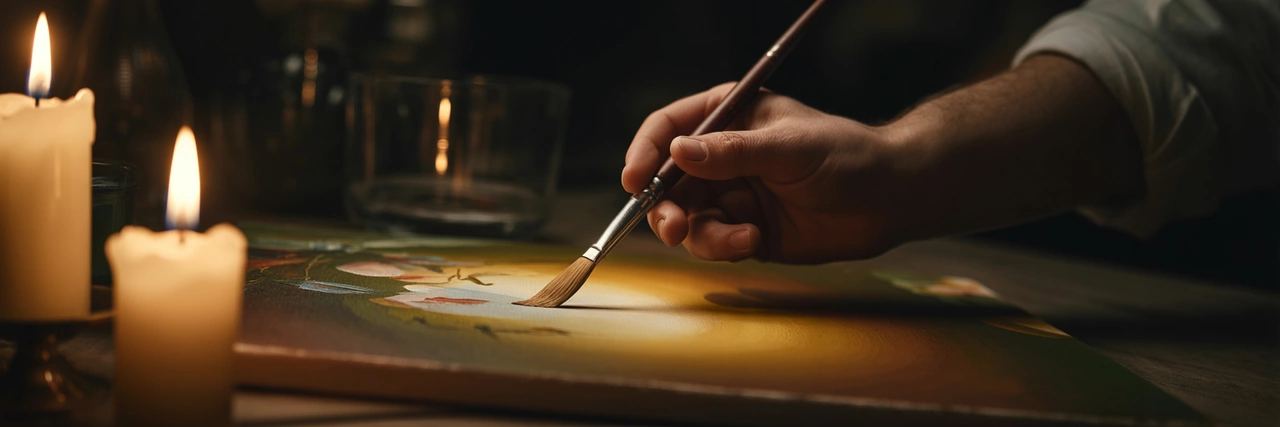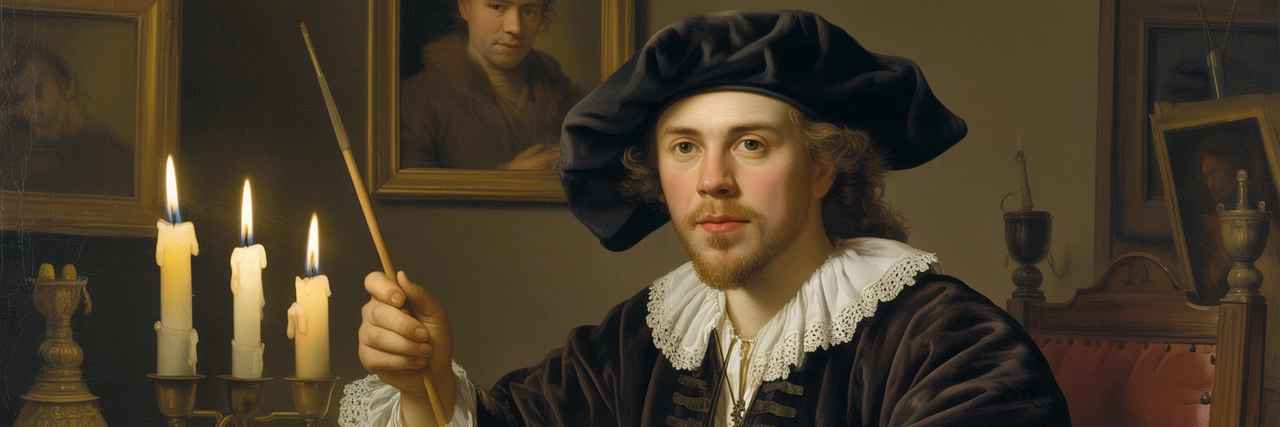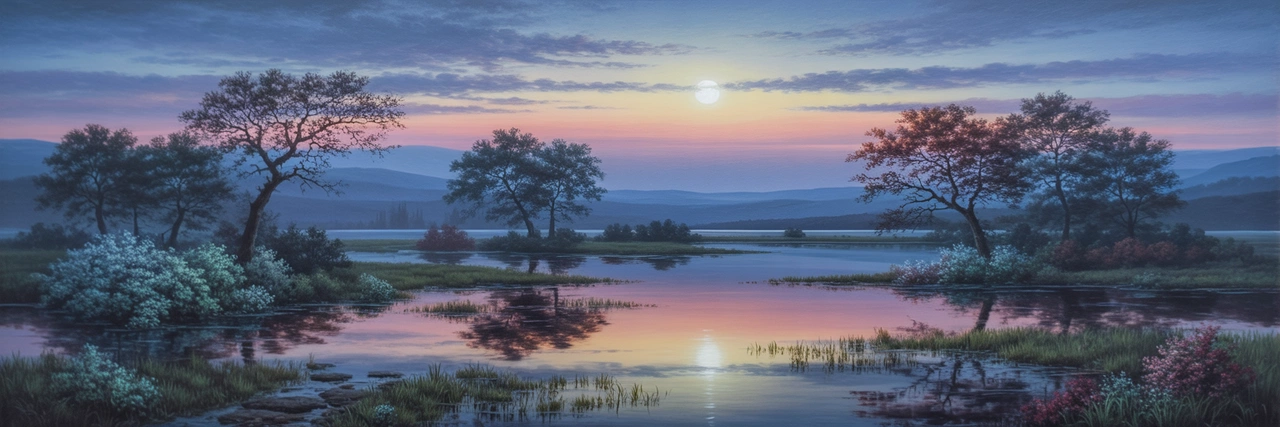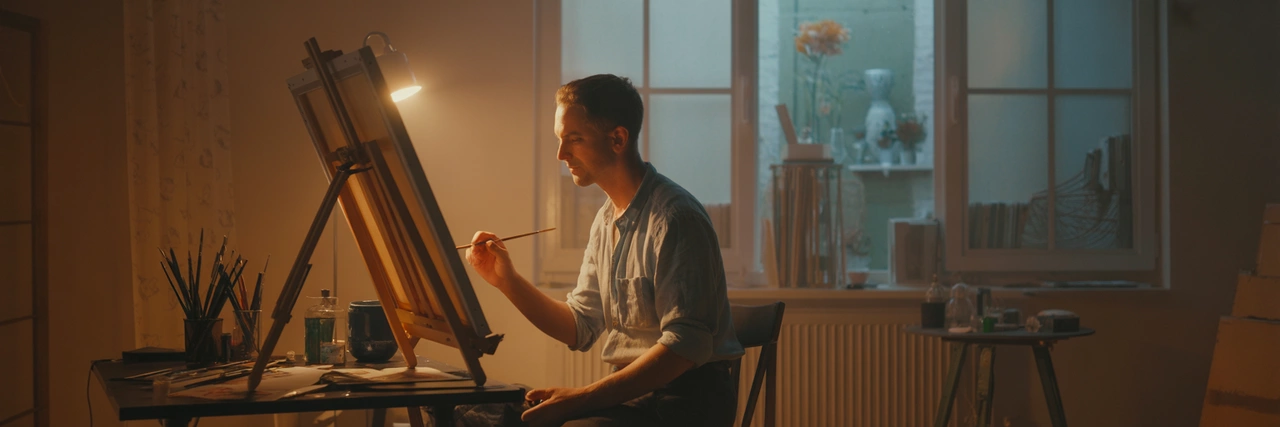Moonlight and Shadows: Painters Who Loved the Night
There’s a sacred silence after sunset — a space where the world slows and thoughts deepen. Some painters found their truest inspiration here, not in daylight’s harsh glare, but in the gentle flicker of candle flames and the cool glow of night lamps.
Painting by moonlight wasn’t just choice, it was ritual. The shadows softened edges, the colors blended into mysteries, and every brushstroke carried a secret.

Rembrandt, Georges de La Tour, and more modern artists like Edward Hopper created masterpieces under muted light. They captured not just scenes but moods — loneliness, longing, quiet contemplation.
Painting at night demanded patience and trust in intuition. Colors shifted, forms melted into one another, and the night itself became a character in the artwork.

Moonlight carries its own language in art — a symbol of mystery, romance, sometimes melancholy. For painters working in darkness, the night was a canvas as much as the canvas was.
The moon became a muse, illuminating dreams and fears, revealing what daylight hides. These artists didn’t just paint what they saw — they painted what the night whispered.

Today, the glow of screens replaces candles, but some artists still seek that night magic. Painting alone, late into the quiet hours, they channel a lineage of dreamers who found truth not in light, but in shadow.
For me, the night is a reminder: creativity isn’t always bright and loud. Sometimes it’s a whisper in the dark, waiting to be heard.

Close